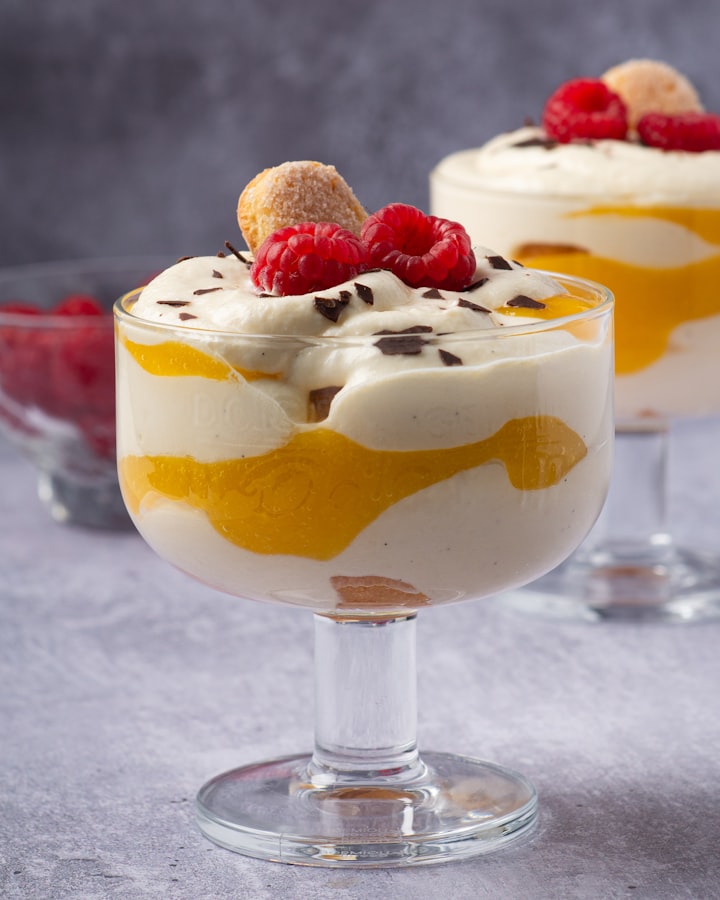
Working with sugar for making sculptures during my graduation from India, I had faced a lot of problems. Working with sugar in a place with such high humidity; sugar became sticky due to its hydroscopic properties. Sugar attracts vapour from the atmosphere and becomes sticky. The crystals in the sugar get lumped up when the humidity is high and the more the humidity, the more quickly this process is going to take place. There are endless discussions on the benefits of using Isomalt for sugar works in comparison to sugar. The resistant property of Isomalt in attracting vapour from atmosphere is very high. Isomalt will not become sticky or crystalize in high humidity. (Wordpresscom, 2014)
Even though there are positives there are also limitations with Isomalt with regards to humidity. The Isomalt structures when in humidity will go dull and cloudy as quickly as sugar. But there is a point when Isomalt stops absorbing water, but sugar still goes on. (Wordpress, 2014)
Andres Andison in his blog shares that, “For a training competition he made a sugar ribbon with coloured Isomalt and normal sugar, weeks after the competition and the sculpture being left out unprotected, the sugar ribbons were completely dissolved while the Isomalt ribbons still held together. In the end, he was left with a partial ribbon with just the Isomalt loops.” (Wordpress, 2014)
Isomalt is sugar-free and lower in calories than normal sugar, but at the same time is produced using sucrose. Isomalt alongside comparable sugar replacers are named 'polyols.' While they are starches, they are not a sugar; they are sugar alcohols. Isomalt is ideal for individuals who are on sugar-limited weight control plans, if eaten in expansive amounts. (Pastrysampler, 2018)
Comparisons can also be done based on their shine. World-renowned chefs say that Isomalt does not shine like sugar does and has a yellow tinge to it. Then there are those who say if done right Isomalt will not lose their shine. Isomalt needs to satinised enough and cooled down properly to gain a brilliant shine.
A few things to keep in mind while using Isomalt to protect it from getting yellow:
- Use mineral water instead of tap or spring water as the minerals in these can cause a yellowing effect.
- Use stainless steel pots and utensils for stirring. Never use a wooden spoon
- Cooking less than three pounds of Isomalt can also cause it to yellow due to hot spots. (Sugarartsinstitutecom, 2018)
Isomalt has many positives; high resistance to humidity, low crystallisation level, re-heating properties, sugar-free substitute, but it is quite expensive. When chefs start working in this area they do not jump right on to Isomalt. It takes time and practice to learn the art and when one is ready to invest in sugar works and garnishes, Isomalt can be substituted for sugar. (Wordpress, 2014)
Sugar work is trending and a lot of chefs are moving towards making sugar works as showpieces in various high-end buffet setups and hotels.
References
Wordpresscom. (2014). Andresandison. Retrieved 11 April, 2018, from https://andresandison.wordpress.com/2014/04/05/isomalt-versus-sugar-which-way-to-go/
Sugarartsinstitutecom. (2018). Sugarartsinstitutecom. Retrieved 11 April, 2018, from http://www.sugarartsinstitute.com/blog/post/isomalt---the-secrets-of-success
Pastrysamplercom. 2018. Pastrysamplercom. [Online]. [11 April 2018]. Available from: http://www.pastrysampler.com/Articles/Pastry_Baking/Isomalt.html






Comments
There are no comments for this story
Be the first to respond and start the conversation.